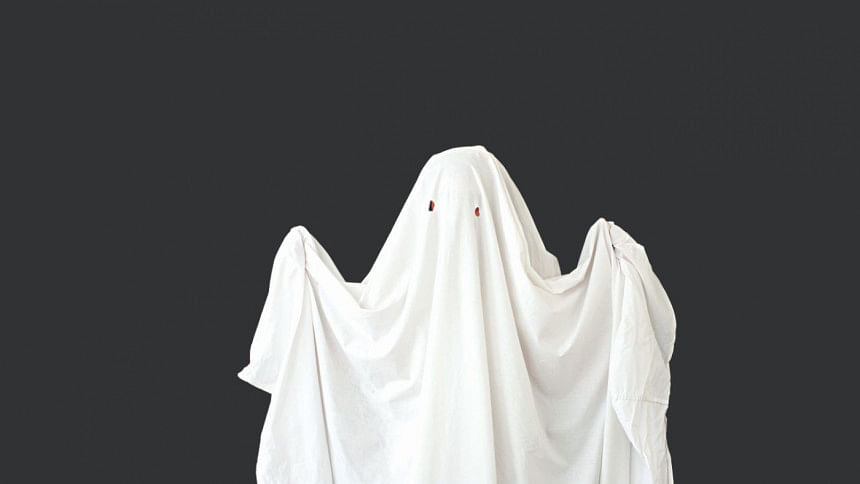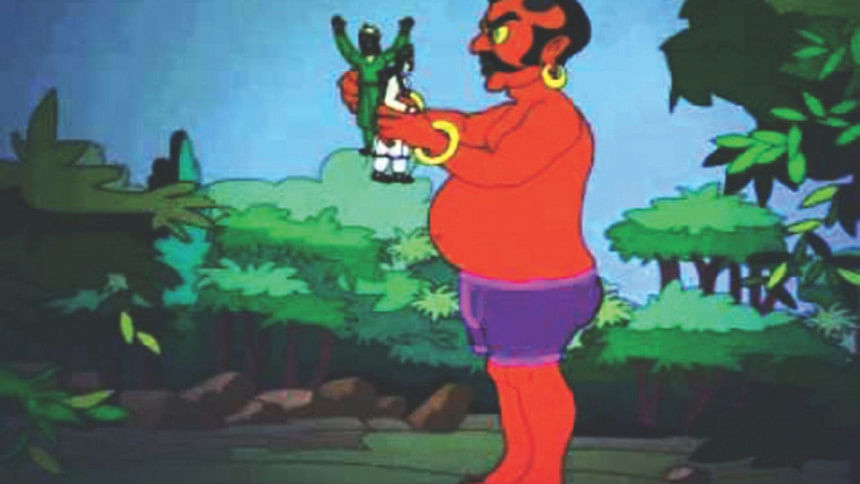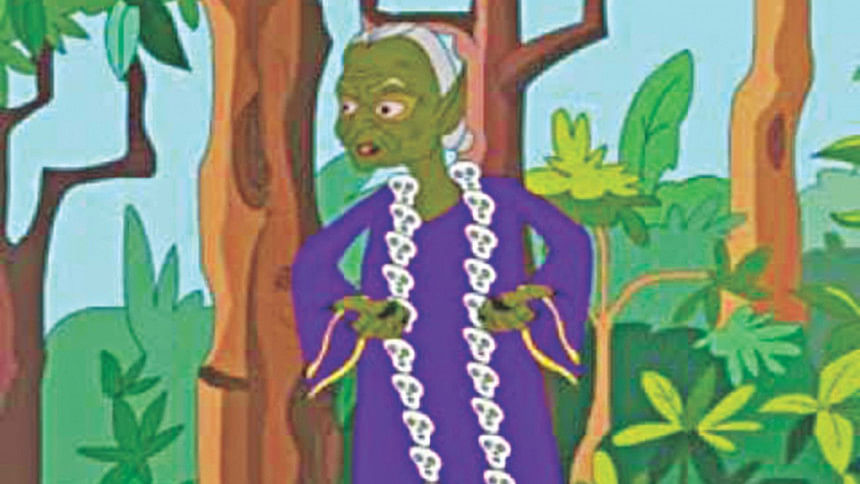What if Halloween originated in Bangladesh?

Halloween to us is like a sibling to an only child: not relatable, weird but seems fun enough. From 90s' cartoons to major TV shows, we've been shown how Halloween can turn fear into entertainment and been equally agitated to not be able to experience it just because it's a foreign tradition. But what if Halloween originated here, influenced by our own culture?
First of all, and quite obviously, Thakurmar Jhuli would be the reference to every theme, costume and so on. Don't underestimate Thakurmar Jhuli – the stories are horrifying, or at the very least, cringeworthy. Have you seen the Neel Komol, Laal Komol short? That's messed up for a kid's show. It's definitely not how I remember it as a naïve child. Nevertheless, the stories are rich with vibrant characters, not limited to rakkhosh-rakkhoshi, as opposed to popular belief. And even they are different in size, body fat, length of hair and nails, skin tone and number of horns. They also have classification according to storylines and social strata, which would've been strongly distinguished and established with a dedicated fan base.

And not just characters, these stories have an array of miscellaneous objects (mostly magical wands) worthy as a collector's item. Magical artefacts like jiyon kathi and sonar kathi rupar kathi can step up anyone's Halloween game. Speaking of gold and silver, if you're familiar with Hindi soap operas you'd know how royals adore jewelleries. Thakurmar Jhuli's protagonists (mostly princes and princesses, civilians are boring) were no different. And what kid doesn't want to be the hero? And what parent would deprive their precious child of a special Snapchat arithmetic by simply gifting them a gold studded costume superior to the average population's?
The one thing great about Thakurmar Jhuli is that it's eligible for all ages, even the post-teen gore-loving demographic. The shorts showcase blood gushing out of random rakkhosh organs with every slash from pre-pubescent princes. So the whole family can enjoy Halloween, some wearing gold crowns and others covered in demon scales with fake blood dripping from battle scars, booming the Rooh Afza business as we know it.
Banyan trees would be the Christmas tree equivalent of our Halloween. Instead of lightings, sparkly balls and a star on top, banyan trees would fashion blooded strips of rakkhoshi garment, human limbs, hidden neon eye balls and a sound system for the occasional rakkhoshi shrill. Or better yet, nothing. Because banyan trees at night can scare the manliest of men anyway.
Trick or treating on the other hand would be a tricky business. Firstly, the number of times we wanted to crack a joke at the family dinner and ended up being lectured about life has established the fact that humour is hard to come by in this region. So enthusiastic kids getting beaten up by the angry neighbourhood uncle for knocking at his door yelling and demanding candies and disturbing his 7 pm news and chill would be no surprise. And secondly, candies would obviously be replaced by deshi sweets. And who in their right mind would want to give away these expensive sweets to random little strangers. Unless it's the candies for a 1 taka change, or chom chom.

But then again, we'd make our own Halloween traditions. Like using coconuts instead of pumpkins, or having paanta-Rooh Afza for breakfast, or blaring Thakurmar Jhuli's shorts mixtape all day long, or roaming Dhaka on demon-themed chariots from old Dhaka, or even putting up the classic Dipjol-face poster all over town. And of course, instead of "trick or treat!", kids yelling "hau mau khau!" and then throwing Rooh Afza bombs at your house.
Isn't that just cute?
Fatiul Huq Sujoy is a tired soul (mostly because of his frail body) who's patiently waiting for Hagrid to appear and tell him, "Ye're a saiyan, lord commander." Suggest him places to travel and food-ventures to take at fb.com/SyedSujoy

 For all latest news, follow The Daily Star's Google News channel.
For all latest news, follow The Daily Star's Google News channel. 



Comments